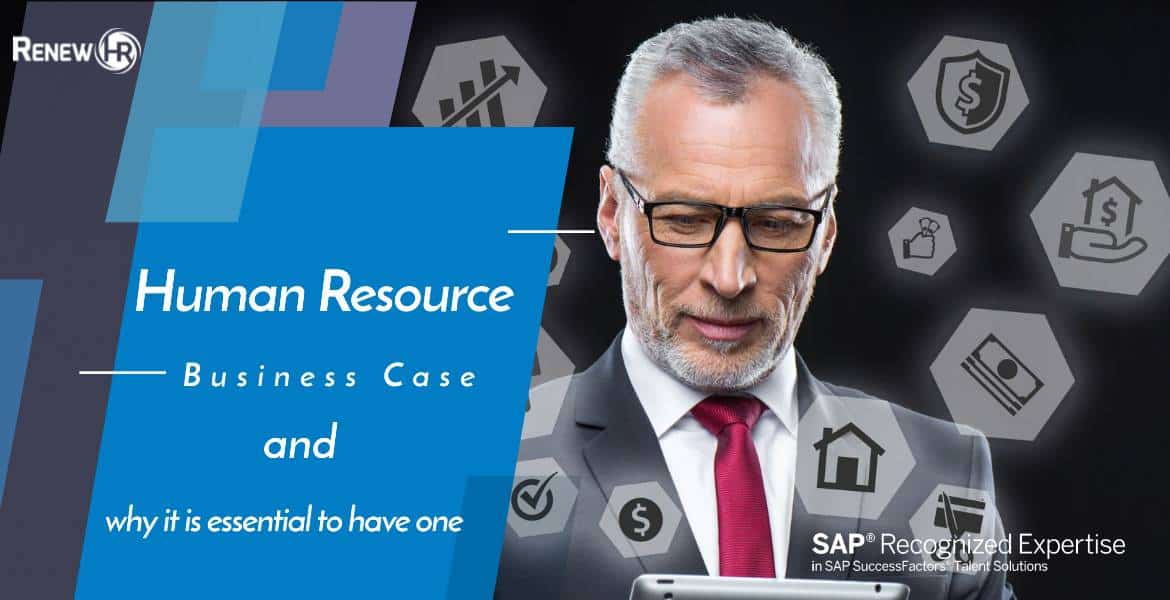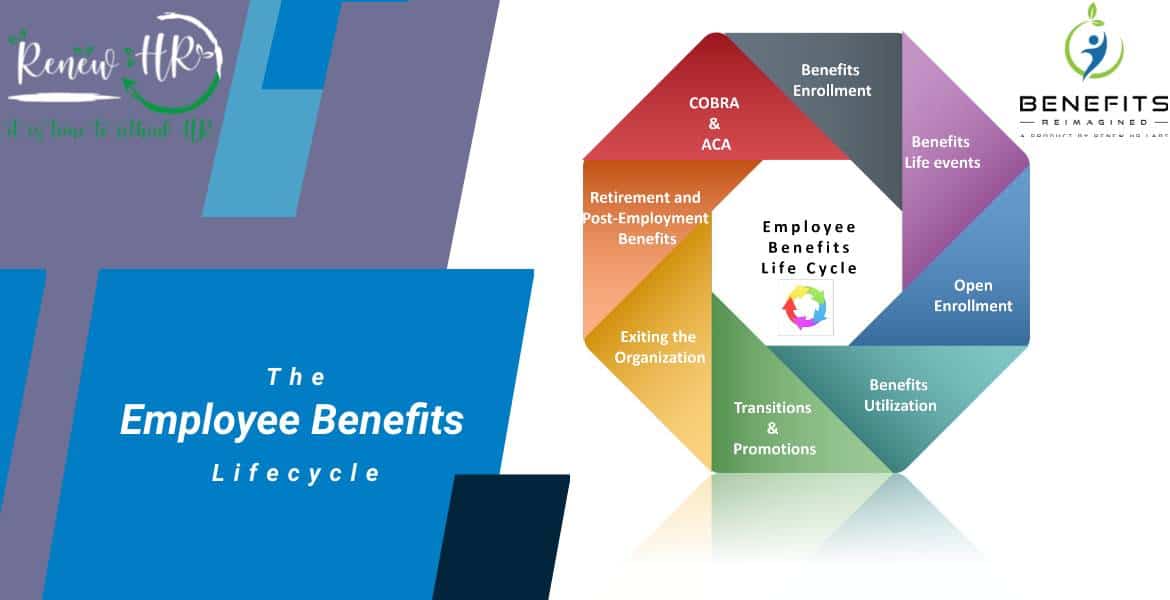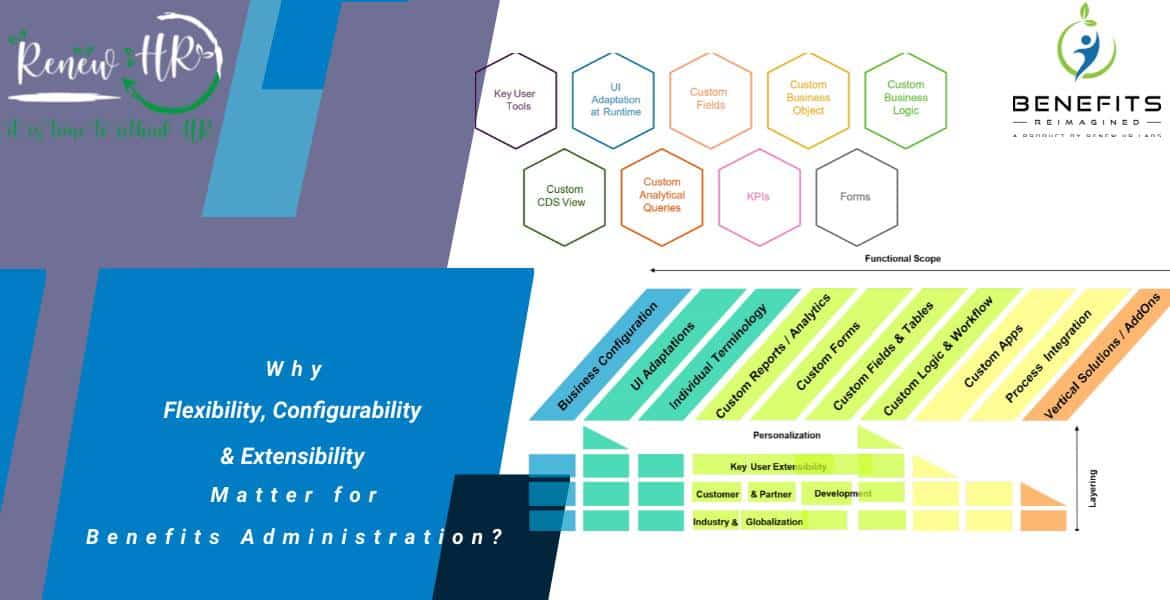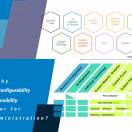Contents
What is a business case? Where do you start?

In a previous blog, we explored the requirement for an ‘HR Health Check‘ or ‘HR Audit’ and the best way to assist organizations in constructing a future ‘HR Roadmap.’ It is important to understand what is a business case? and how an HR Business Case helps to address the vital challenges faced by CHROs to obtain funding to support the previously created ‘HR Roadmap.’
When you shift the decision-making power for system implementation (as part of the transformation initiative in HR) from CIO to CHRO, it provides more power to the HR. They can then select what they need, when they need and how they need it.
Since HR has not traditionally been at the forefront, producing business cases for funding approvals for applications, it is a brand new ground for them.
Now HR has to prepare a robust cost/benefit justification and evaluation for all the new investments mentioned in the HR Roadmap.
This is where HR first needs to understand what is a business case? and how a well-researched and thoroughly documented ‘HR Business Case’ will assist the organization to get their preferred financing for their proposed ‘HR roadmap.’
Three Main Reasons Why You Should Build An HR Business Case
There are at least three significant reasons why HR should first understand first what is a business case? and then why building a robust ‘HR Business Case’ helps the organization.
The first reason is that the HR department must control its costs. However, to control costs, you must be able to measure them in the first place.
Secondly — and with much more far-reaching implications — actionable analytics nowadays are employed for the decision-making processes almost throughout the organization. To determine company performance and connect it to competitive advantage; organizations require an assortment of information.

However, HR information is too precious to omit from the equation. No company today can efficiently gather and assess the breadth and amount of information it requires for this purpose without a robust HR System like SuccessFactors and insights-driven Big Data Analytics. The ROI here is, at times, hard to measure but is nevertheless quite real.

The third reason for the ‘HR Business Case’ for the company is that it helps justify the requirement for a reliable technology. It also supports architecture, which could provide a financially quantifiable return on investment, in the form of higher productivity, and also reduced labor costs within the HR department.
This “combined architecture” is more commonly known as an employee service center, or HR shared services, employee and manager self-service, social collaboration tools, and mobile apps.
Very often, we come across organizations that have implemented SuccessFactors as a part of their overall HR Transformation roadmap but are not quite sure if the new system is giving them the desired results.
However, without a good understanding of what is a business case? first and then building a well-documented business case, there is no way to know if you are successful or not. This is where the business case comes to the rescue of the HR department and also helps in building a good starting point for future investments.
HR Health Check – Current State Assessment and Future Expectation
Your business case and its content will mostly depend on what you have identified as the challenge areas and improvement opportunities on your ‘HR Health Check.’ It will also focus on what you want to achieve within your ‘HR Roadmap.’ However, in general, your HR Business case should have the following components:
- Among the first tasks in preparing a business, the case is to ascertain why there is a need for a change. For information on this, please refer to the blog on “HR Health Check.”
- The list of everything identified for your company could be unique or similar to a number of the issues mentioned in the previous blog on HR Health Check. However, documenting your current state and future expectation will be valuable in building your business case.
- Within your list of stakeholders and decision-makers, there is a sponsor for your initiative. If you’re not the executive sponsor, then you’ll have to get that resource to assist you with getting support for your job according to your “HR Roadmap”.
- A sponsor is a critical decision-maker who will be committed to not only encouraging your SuccessFactors driven HR Transformation roadmap but support you through the implementation and change management process as well.

What is a business case? Know Your Organization
Cloud HCM solutions like SuccessFactors bring in much-needed change that impacts the whole organization in a way that has never been done before. This is owed to the fact that the pace at which innovation is extended in the cloud is different from what organizations are used to.
That is why it is essential to understand your company, its culture, its ability to make a significant change, and, most importantly, it’s short-term and long-term goals.
You need to understand how your organization goes about making critical investment decisions concerning overall transformation initiatives.
Consider whether employees, line managers, supervisors, and senior management will support the fact that HR is bringing in a new system that might create additional work and accountability for them. These, amongst others, are some of the critical factors which need to be taken into consideration.
Identify HR Services Delivery
HR provides more services than many people realize. The execution of your SuccessFactors based “HR Transformation” initiative will change the kind of HR services you deliver as well as how you deliver them going forward.
To help determine the quality and quantity of those HR services, you will have to list all the deliverables that come from the HR area.
Assess not only how the implementation of SuccessFactors can alleviate some of the manual processes currently in place to deliver these services. More importantly, assess how you can start to supply those services, better, faster, and more efficiently.
HR Roadmap – Determine Your Immediate Requirements & Deliver Value
In short, an identified “HR Roadmap” should be able to determine its overall business value for the company, both short-term and long-term, and establish what your tangible and intangible savings and costs will be.
Be sure to check beyond the HR department for possible opportunities. Often there are overlapping services that HR provides, but doesn’t necessarily take credit for.
To validate and compare what a SuccessFactors based HR Transformation project can bring to the organization, you will need to quantify what the cost is to supply your current level of services against what the new system is supposed to accomplish.
In the long run, if you can showcase how it is possible to align HR goals with corporate strategy and the way your business situation will effectively measure and report the effect on the bottom line, you have a potential winner on your hand.
Be sure to highlight how your HR function is ready to ride the “Digital HR” Wave and supply more strategic, higher-value services at lower TCO.
- The employee benefits lifecycle - 04/08/2023
- Why Flexibility, Configurability & Extensibility matter for Benefits Administration? - 02/08/2023
- The communication challenges - 31/07/2023
















All Comments:
[…] you finding it difficult to justify the Business Case for the system […]